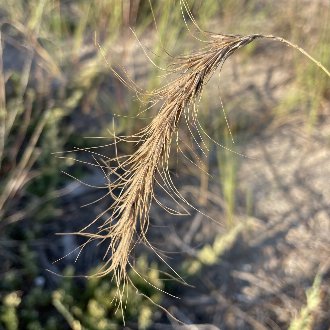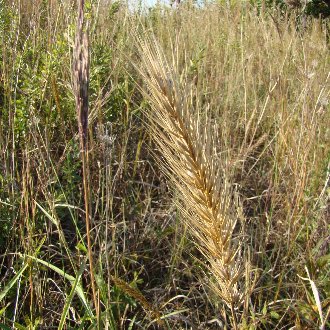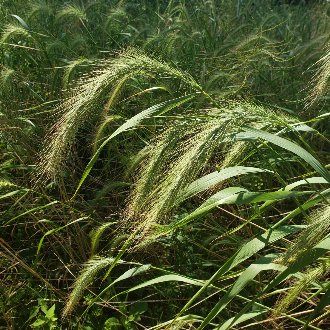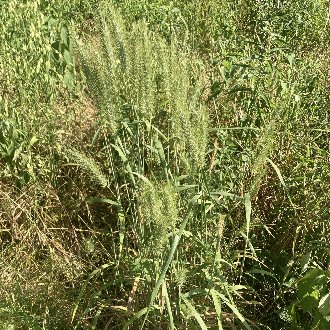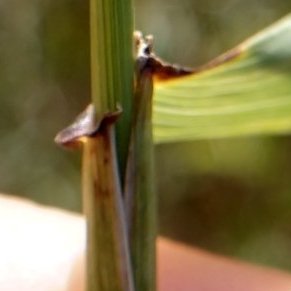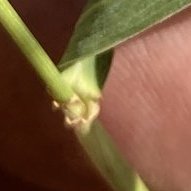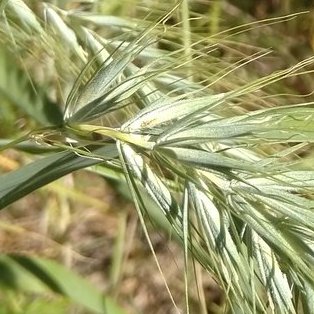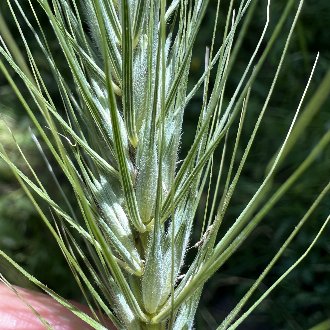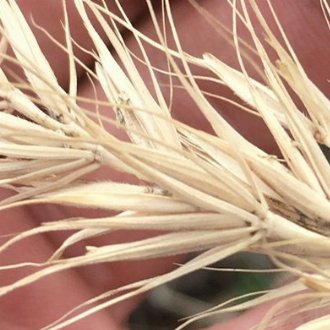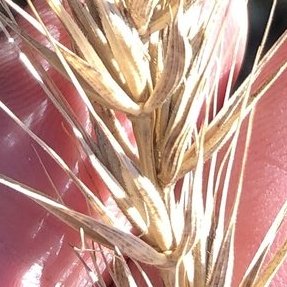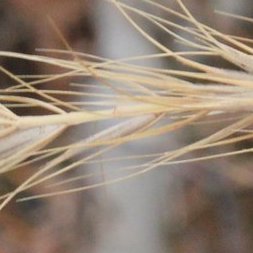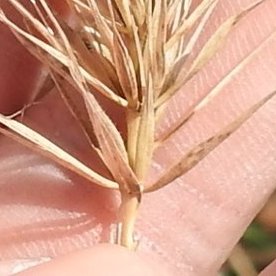Canada Wildrye vs Southeastern Wildrye
These two species are sometimes confused, especially in the southeastern to east-central Great Plains where their ranges most overlap. Both can occur in a range of moisture conditions and in full sun, both are often glaucous, and both have long, robust spikes with long awns. They are easily distinguished by close examination of the spikes. E. canadensis ranges much farther north and west, and is more likely on higher pH soils and on disturbed sites, whereas E. glabriflorus ranges much farther southeast and tolerates more acidic soils. Although E. canadensis is common on sandy soils farther north, where these species overlap, E. glabriflorus is more likely on sandy soils.
Canada Wildrye (Elymus canadensis) | Southeastern Wildrye (Elymus glabriflorus) |
A short-lived perennial, cool-season grass native primarily to the great plains, also extending well into the west and northeast. | A perennial cool-season bunchgrass native to the southeastern to south-central US, ranging onto drier sites than most Elymus species. |
Awns curl back strongly as the spike dries out. Photo © Matt Berger, CC BY 4.0. | Awns remain mostly straight even as the spike dries out. Photo © Haley Daniels, CC BY 4.0. |
Spikes droop strongly. Photo © Sharika Elahi, Public Domain. | Spikes are usually upright and only occasionally or slightly drooping. Photo © Kelly Bostian, CC BY 4.0. |
Auricles (clasping outgrowths where the leaf blade meets the stem) always present, average larger (1.5-4mm) and may be either brown or purplish black. Photo © Cleveland Powell, CC BY 4.0. | Auricles may be entirely absent, and average shorter (0-2mm) when present, usually a purplish-brown, averaging lighter in color although with some overlap in color. Photo © Kelly Bostian, CC BY 4.0. |
Bodies of glumes (bracts enclosing each spikelet at its base) are shorter than or equal in length to the lowest lemmas in each spikelet, and may be much narrower on some plants (glume bodies 0.5-1.6mm). Photo © Marilynn Miller, CC BY 4.0. | Glume bodies significantly longer than the lowest lemmas in each spikelet and do not get as narrow on the narrowest plants (glume bodies 0.9-1.7mm) Photo © Nathan Aaron, CC BY 4.0. |
Glumes range from not bowed out at the base, to slightly bowed out (only on var. robustus, most common in the east-central portion of this species' range.) Photo © Trystan Harpold, CC BY 4.0. | Glumes average moderately bowed out at the base. Photo © Sam Kieschnick, CC BY 4.0. |
Central stem of spike is thinner (0.2-0.35mm) at its thinnest sections. Photo © Quinten Wiegersma, CC BY 4.0. | Central stem of spike is consistently thicker (0.3-0.8mm) Photo © Sam Kieschnick, CC BY 4.0. |
Additional Notes
The relative thinness of the central stem on E. canadensis is directly related to the greater propensity of its spikes to droop, a connection which can help in remembering both characters.The levels of pubescence on Elymus glabriflorus is highly variable and generally not useful for identification. Both of these two species are also variable in how glaucous plants can be, and thus whether or not the foliage or spikes are glaucous is not particularly useful for ID either. Bloom time is only of minimal use for distinguishing these species; although on average E. canadensis blooms earlier, it has a very long and widely variable bloom period, which likely reflects its opportunistic colonization of disturbed habitats. The bloom time of E. glabriflorus is a bit more consistent.
The variety E. canadensis var. robustus is most frequently confused with E. glabriflorus, as it has the most similar characteristics, with bowed-out glumes and spikes that droop less than other varieties. However it is easily distinguished later in season because its awns tend to curve back even more strongly than other varieties. It has been theorized that this variety may have originated from hybridization and introgression between these two species.
References & External Resources
These short lists show only links helpful for ID. For a complete list of references and resources also covering other aspects of ecology, visit the links section of the full article on each plant, which is the first entry here.



